Google just made a move that could reshape how we share files between Android and iOS devices. Let's break it down: cross-platform file sharing has been a persistent pain point for anyone who doesn't live entirely in one ecosystem (and let's be honest, that's most of us these days). Now Google's Quick Share feature can communicate directly with Apple's AirDrop on iPhones, iPads, and Mac computers. This breakthrough represents the first successful reverse-engineering of Apple's traditionally closed ecosystem by a major competitor.
The integration allows Android devices to seamlessly exchange files with Apple products without requiring workarounds or third-party applications, according to TechCrunch. What makes this achievement particularly significant is that Google built this feature independently to address interoperability challenges, as confirmed by Android Authority. The connection operates as a direct peer-to-peer system where data isn't routed through servers and shared content is never logged, Digital Trends reports.
Starting with Pixel 10: Google's exclusive launch strategy
Here's where Google's competitive strategy becomes crystal clear: the AirDrop compatibility feature launches exclusively on Google's Pixel 10 series smartphones before expanding to other devices. Currently, only Pixel 10 owners can utilize Quick Share to transfer files directly to iPhones, iPads, and macOS devices, as reported by The Verge. Google spokesperson Alex Moriconi confirmed they're bringing this experience to Pixel 10 first before expanding to other devices, according to the same source.
This exclusive rollout serves multiple strategic purposes beyond typical feature testing. By keeping this groundbreaking interoperability exclusive to their flagship devices, Google creates a compelling differentiator against Samsung and other Android manufacturers while showcasing their engineering capabilities. The move also positions Pixel devices as the premium choice for users who need seamless cross-platform functionality in mixed-device environments.
Sameer Samat, President of Android Ecosystem at Google, confirmed that this feature will soon expand to more devices, Digital Trends notes. Google plans to bring the functionality to other Android phones in the future, BGR confirms, though no specific timeline has been announced for Samsung Galaxy devices or other popular Android manufacturers.
How the magic actually works: setup and requirements
The technical implementation reveals both the elegance and current limitations of Google's approach. For Pixel 10 owners to share with Apple users, the iPhone, iPad, or macOS user must open AirDrop settings and select "Everyone for 10 Minutes," according to BGR. The Pixel user will then see the iPhone as an available device when selecting Quick Share, TechCrunch explains.
The bidirectional nature of this compatibility represents a significant technical achievement. Apple device owners can send files to Pixel phones as well, creating true two-way interoperability. The Pixel device must be set as discoverable in order to receive files, TechCrunch notes. When receiving from an Apple device, the Pixel 10 device needs to be discoverable to anyone or in receive mode, The Verge reports. On the Apple side, the transfer appears just like any other AirDrop request that users can approve to start the process, according to the same source.
PRO TIP: The current reliance on AirDrop's "Everyone for 10 minutes" visibility setting reflects the technical constraints Google faced in reverse-engineering Apple's proprietary AWDL protocol without official cooperation. Future versions may overcome this limitation as Google refines their implementation.
Security at the core: Google's Rust-powered approach
Google's security-first development approach demonstrates their commitment to enterprise-grade cross-platform file sharing. The system was built using Rust, recognized by NSA and CISA as the "industry benchmark for building secure systems," BGR reports. This memory-safe programming language helps prevent memory-related bugs and attacks that could compromise data during transfers, Digital Trends confirms.
The comprehensive security validation process rivals enterprise software development standards. Google conducted red team penetration tests with independent security experts to ensure the safety of file transfers, Digital Trends notes. The security validation included internal threat modeling, privacy reviews, and engagement with NetSPI security specialists, according to WCCFtech.
This security architecture becomes especially critical when bridging two different security models. Unlike cloud-based file sharing services, Google's implementation maintains direct peer-to-peer connections throughout the transfer process. The feature operates without routing data through servers, and shared content is never logged, TechCrunch confirms, ensuring that sensitive files remain completely private during cross-platform transfers.
Breaking down the walls: what this means for mixed ecosystems
This breakthrough arrives at a pivotal moment when mixed-device environments have become the standard rather than the exception. Mixed ecosystems are the norm, with Android at about two-thirds of the global market and iOS capturing most of the remainder, Find Articles notes. Cross-platform compatibility makes communicating with others easier, regardless of their device preferences, BGR observes.
The technical achievement becomes even more impressive considering Apple's historic resistance to ecosystem interoperability. Google developed this functionality independently without direct collaboration from Apple, essentially reverse-engineering compatibility with AirDrop's underlying technology, Android Authority suggests. Although AirDrop's underlying technology (AWDL) is proprietary, it relies on open standards like Bluetooth and Wi-Fi Direct, making unauthorized support theoretically possible, the same source explains.
Imagine this scenario: you're at a family gathering where half the relatives have iPhones and the other half use Android devices. Previously, sharing photos meant either using email, messaging apps, or cloud services. Now, Pixel 10 users can directly share with iPhone users just as seamlessly as they would with other Android devices, eliminating the friction that has traditionally made mixed-device sharing cumbersome.
The timing becomes particularly fascinating as Apple simultaneously enhances AirDrop security. Apple plans to make AirDrop more secure in future iOS 26 updates, BGR reports, potentially including new sharing codes that provide 30-day access windows instead of the current 10-minute limitation, Tom's Guide details. These parallel developments suggest both companies recognize the growing demand for more flexible, secure cross-platform communication.
What comes next: expanding beyond Pixel exclusivity
Google's successful AirDrop integration signals a broader industry shift toward interoperability innovation driven by user demand rather than vendor cooperation. The implementation using "Everyone for 10 minutes" mode represents just the first step in seamless cross-platform sharing, TechCrunch observes. Future iterations could potentially overcome current limitations as Google refines their reverse-engineering approach and develops more sophisticated compatibility layers.
This development creates competitive pressure across the Android ecosystem. Samsung, OnePlus, and other manufacturers now face user expectations for similar cross-platform capabilities, potentially accelerating industry-wide investment in interoperability features. Google's approach of building compatibility independently shows how companies can address user needs even without direct cooperation from competitors, Android Authority notes, establishing a precedent for future ecosystem bridge-building efforts.
The regulatory implications also deserve consideration. As governments worldwide scrutinize big tech's ecosystem lock-in practices, Google's successful interoperability implementation demonstrates that technical barriers can be overcome with sufficient engineering investment. This achievement may influence future regulatory discussions about mandating cross-platform compatibility standards and could encourage other companies to pursue similar breakthrough integrations.
Bottom line: this isn't just about new tech—it's about fundamentally rethinking how device ecosystems interact. Google has proven that the walls between platforms don't have to be as high as manufacturers prefer, and users will ultimately benefit when companies prioritize compatibility over competitive moats. The success of this integration may mark the beginning of a more open era in consumer technology, where user convenience trumps ecosystem exclusivity.




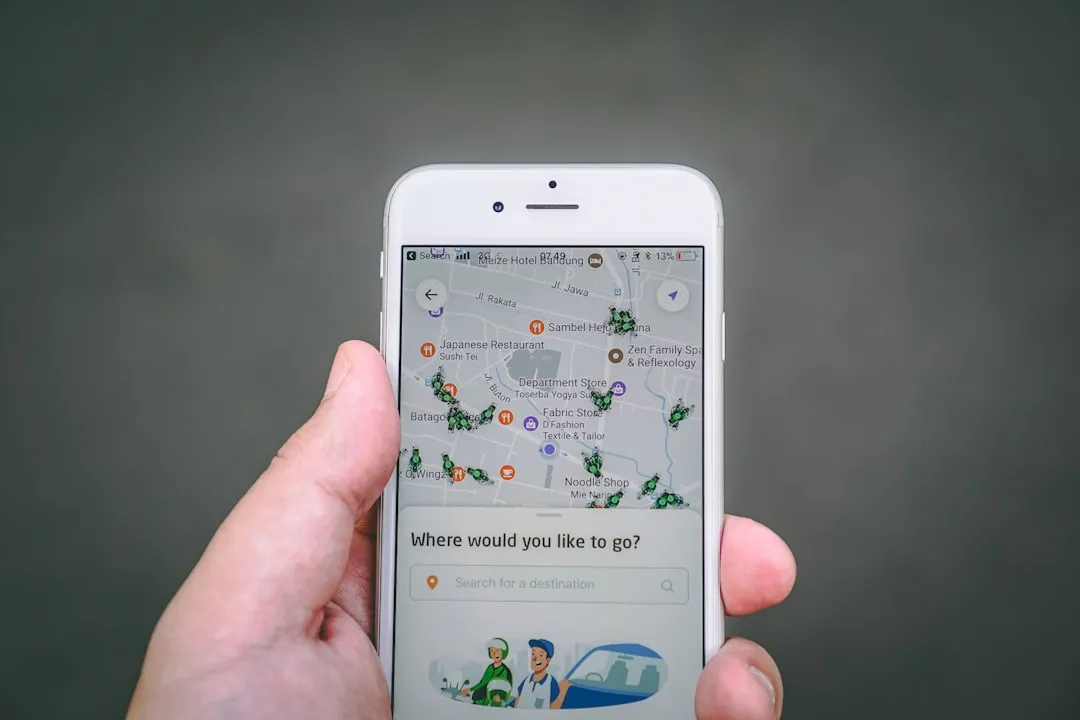




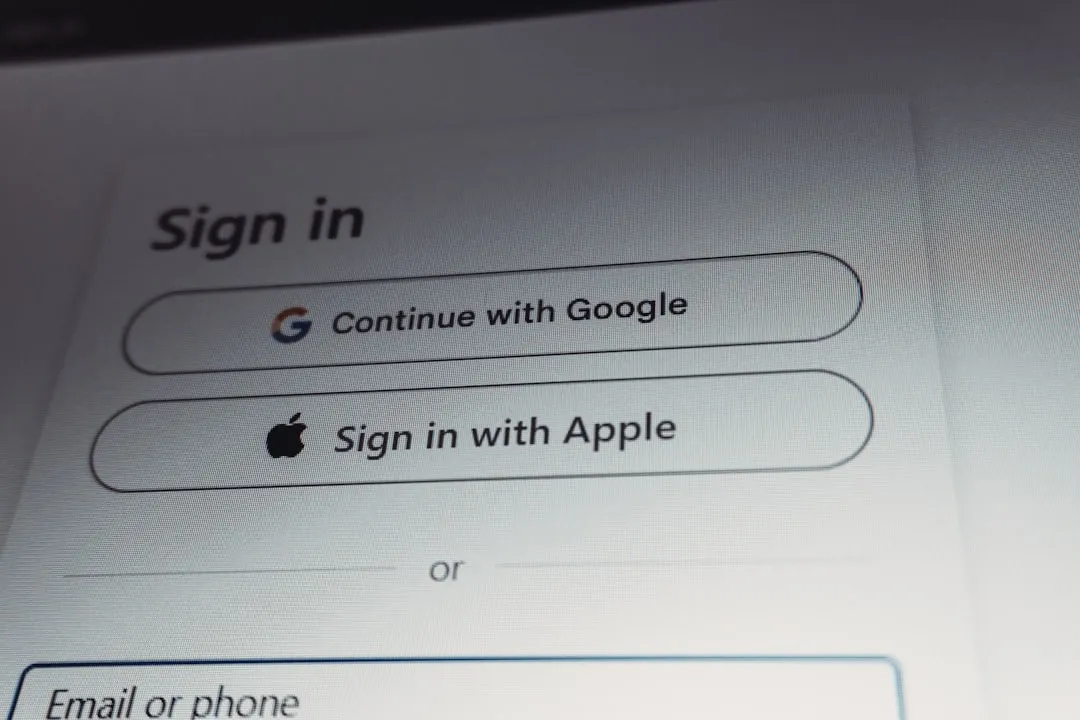
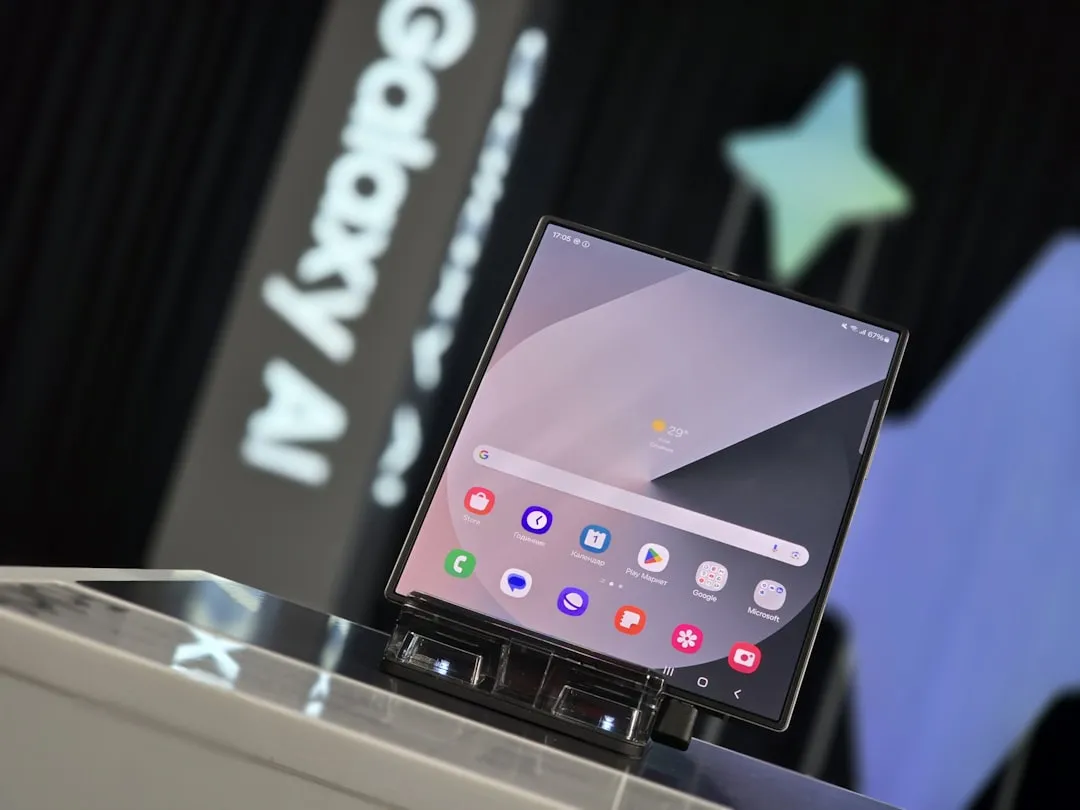
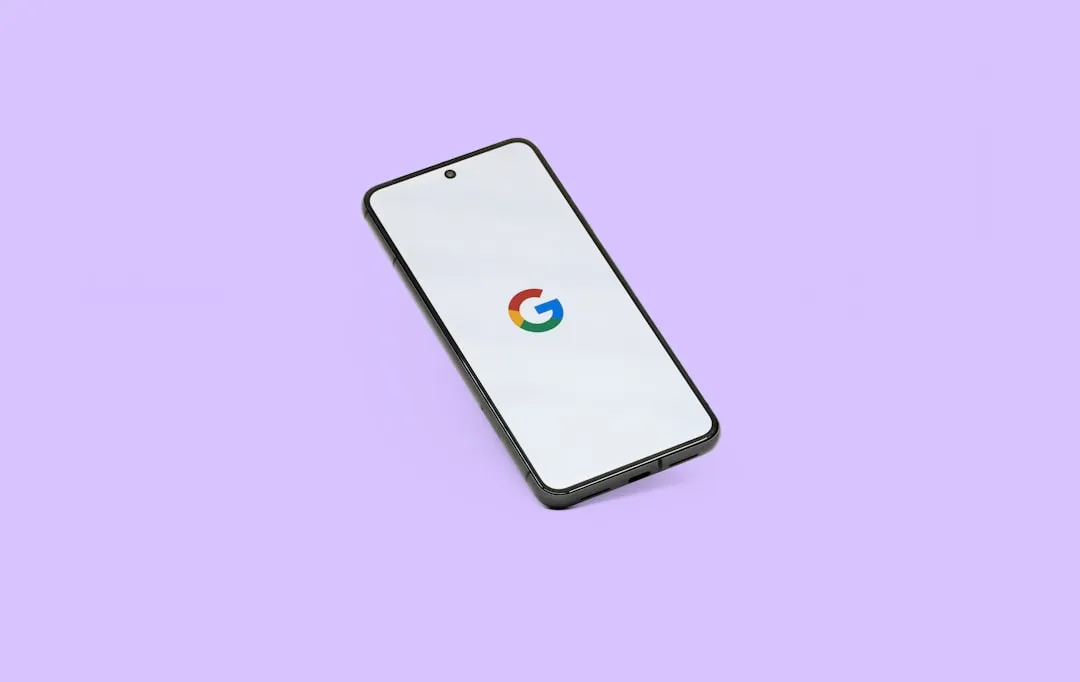



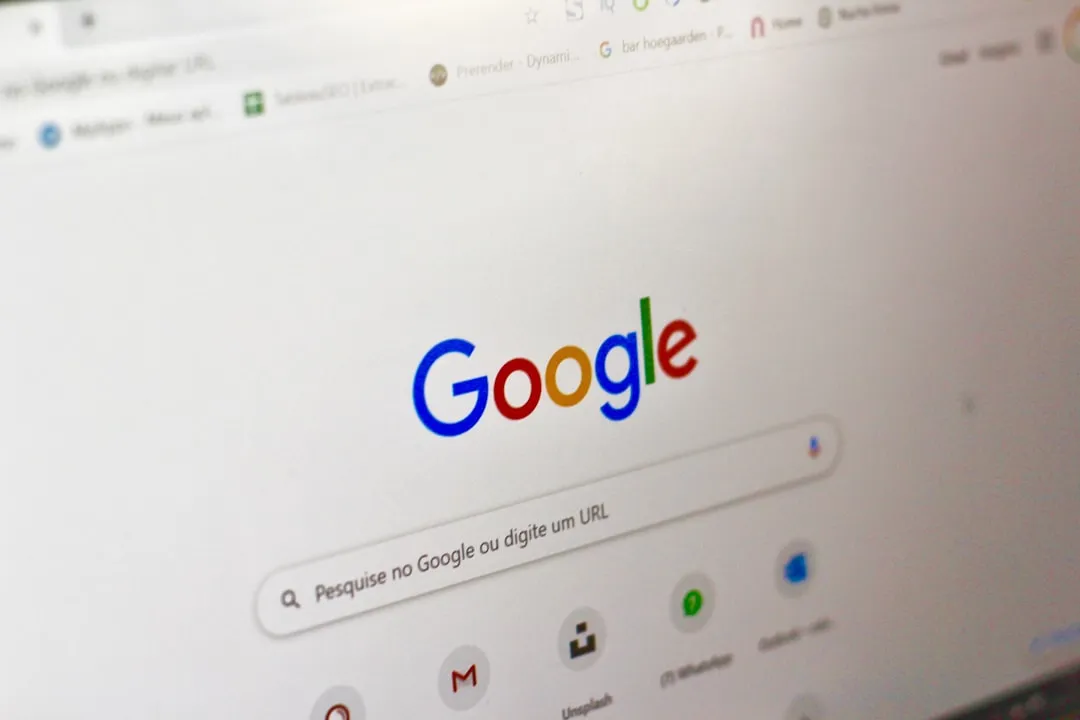



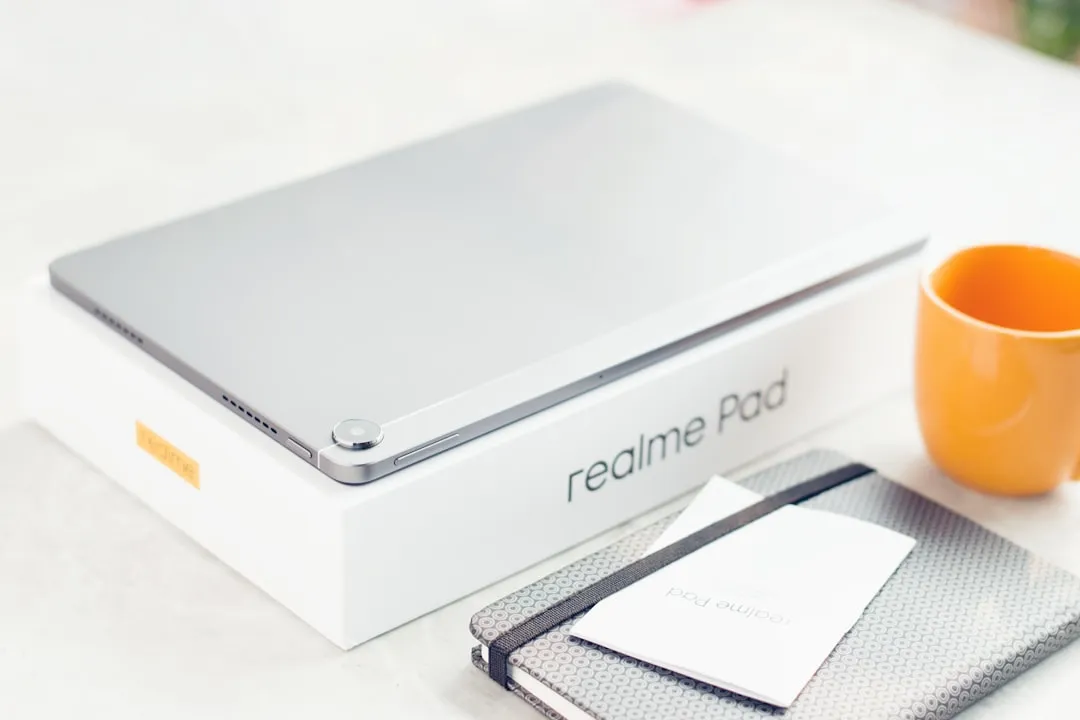


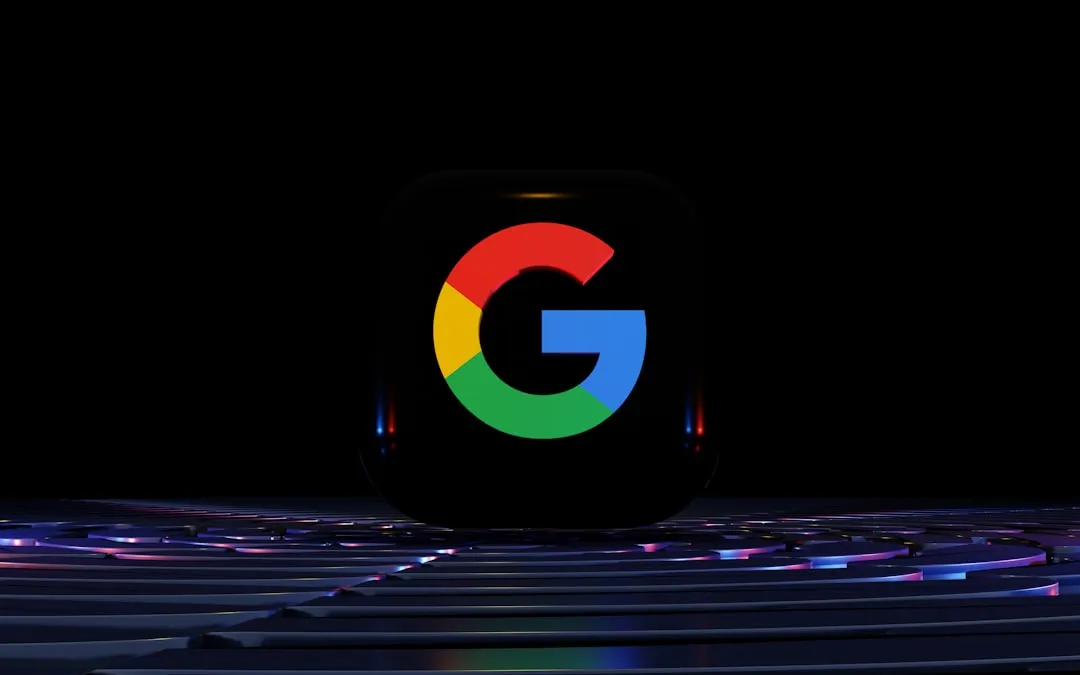
Comments
Be the first, drop a comment!